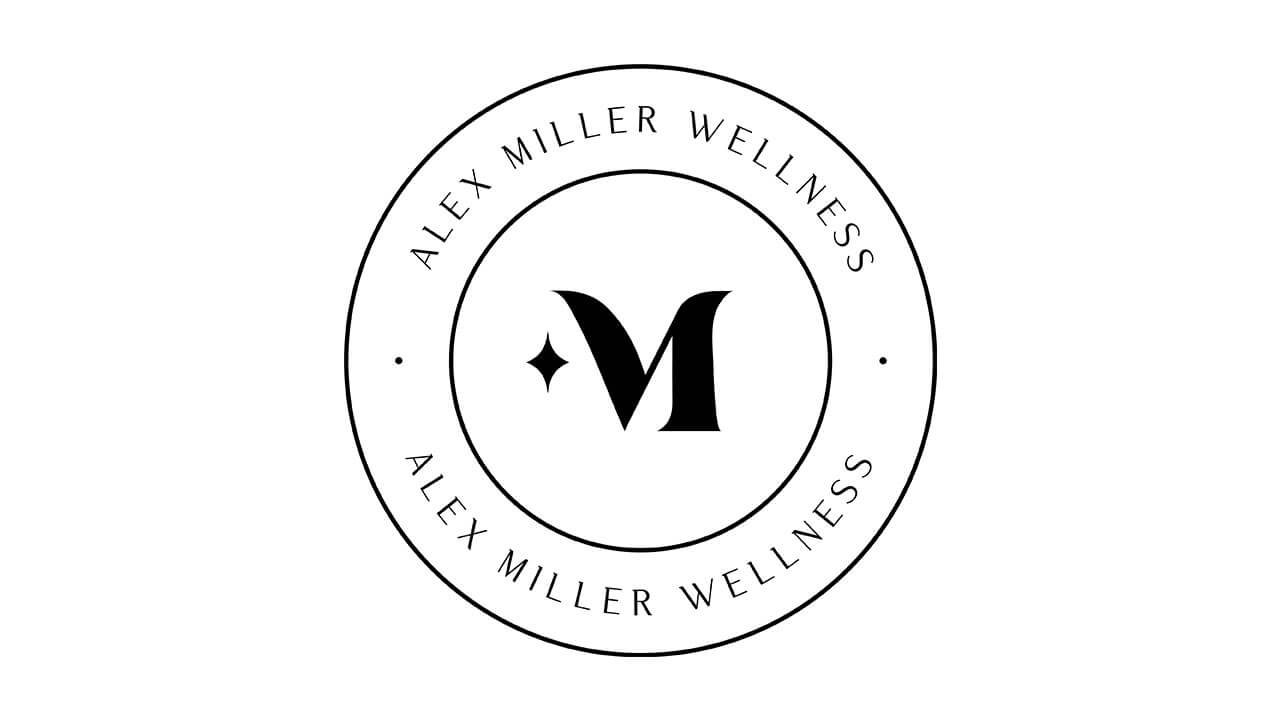THIS Easy Stretch STOPS Bladder Leakage
No Kegels Required
Scientific References:





- Blaivas JG, Groutz A. Urinary incontinence: pathophysiology, evaluation, and management overview. In: Walsh PC, Retik AB, Vaughan ED Jr, Wein AJ, eds. Campbell’s Urology. 8th ed. Philadelphia: WB Saunders Company; 2002: 1027-1052.
- Bø K. Pelvic floor muscle training in treatment of female stress urinary incontinence, pelvic organ prolapse and sexual dysfunction. World J Urol. 2012 Aug;30(4):437-43. doi: 10.1007/s00345-011-0779-8. Epub 2011 Oct 9.
- Boissonnault JS, Kotarinos KR. Diastasis recti I. In: Wilder E. ed. Obstetric and gynecologic physical therapy. New York: Churchill Livingstone, 1988:63–81.
- Chen, C.C.G., Cox, J.T., Yuan, C. et al. Knowledge of pelvic floor disorders in women seeking primary care: a cross-sectional study. BMC Fam Pract 20, 70 (2019).
- Cho ST, Kim KH. Pelvic floor muscle exercise and training for coping with urinary incontinence. J Exerc Rehabil. 2021 Dec 27;17(6):379-387. doi: 10.12965/jer.2142666.333
- DeLancey JOL. Stress urinary incontinence:where are we now, where should we go? Am J Obstet Gynecol. 1996;175:311-319.
- Faubion SS, Shuster LT, Bharucha AE. Mayo Clin Proc. 2012 Feb; 87 (2):187-93
- Henalla SM, Hutchins CJ, Robinson P, et al. Non-operative methods in the treatment of female genuine stress incontinence of urine. J Obstet Gynaecol 1989;9:222--5.
- J. M. Weiss, “Pelvic floor myofascial trigger points: manual therapy for interstitial cystitis and the urgency-frequency syndrome,” Journal of Urology, vol. 166, no. 6, pp. 2226–2231, 2001.
- Keeler J, Albrecht M, Eberhardt L, et al. Diastasis recti abdominis: a survey of women’s health specialists for current physical therapy clinical practice for postpartum women. J Womens Health Phys Therapy 2012;36:131–42.
- Kim H, Suzuki T, Yoshida Y, et al. Effectiveness of multidimensional exercises for the treatment of stress urinary incontinence in elderly community-dwelling Japanese women: a randomized, controlled, crossover trial. J Am Geriatr Soc 2007;55:1932--9.
- Klutke CG, Siegel CL. Functional female pelvic anatomy. Urol Clin North Am. 1995;22:487-498.
- Marques A, Stothers L, Macnab A. The status of pelvic floor muscle training for women. Can Urol Assoc J. 2010 Dec;4(6):419-24. doi: 10.5489/cuaj.10026.
- Oelrich TM. The striated urogenital sphincter muscle in the female. Anat Rec. 1983;205:223-232.
- Park H, Han D. The effect of the correlation between the contraction of the pelvic floor muscles and diaphragmatic motion during breathing. J Phys Ther Sci. 2015 Jul;27(7):2113-5. doi: 10.1589/jpts.27.2113. Epub 2015 Jul 22.
- Sapsford RR, Hodges PW: Contraction of the pelvic floor muscles during abdominal maneuvers. Arch Phys Med Rehabil, 2001, 82: 1081–1088.
- Staer-Jensen J, Siafarikas F, Hilde G, et al. Postpartum recovery of levator hiatus and bladder neck mobility in relation to pregnancy. Obstet Gynecol 2015;125:531–9.
- Strohbehn K, DeLancey JOL. The anatomy of stress incontinence. Oper Tech Gynecol Surg. 1997;2:5-16.
- Tajiri K, Huo M, Maruyama H: Effects of co-contraction of both transverse abdominal muscle and pelvic floor muscle exercises for stress urinary incontinence: a randomized controlled trial. J Phys Ther Sci, 2014, 26: 1161–1163.
- Yoon HS, Song HH, Ro. YJ. A comparison of effectiveness of bladder training and pelvic muscle exercise on female urinary incontinence. Int J Nurs Stud 2003;40:45--50.





